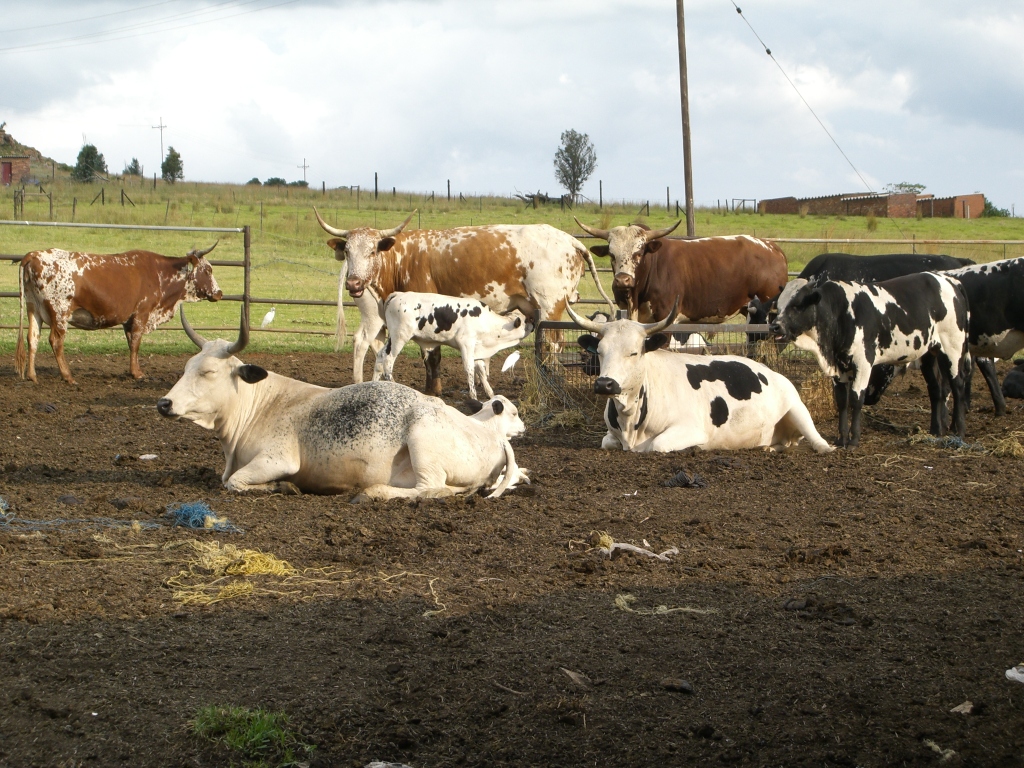- 31 cattle die in two days in a single village due to the deadly disease
- 712 people being treated after eating contaminated meat
Lekhetho Ntsukunyane
A total of 712 Mohale’s Hoek residents are currently undergoing treatment after eating meat infected with the deadly anthrax disease.
Mohale’s Hoek District Health Management Team (DHTM) Manager, ’Makhoase Ranyali-Otubanjo, told the Lesotho Times this week that scores of domestic animals “in particular cattle, sheep and goats, are dying in large numbers in what we have already established to be an anthrax outbreak in the district.”
Dr Ranyali-Otubanjo said following a report that 17 cattle had suddenly died at Holy Cross, Mohale’s Hoek, on 15 November, her department had immediately assembled a team which visited the area to assess the situation.
She said: “We received a report from the Department of Agriculture in Mohale’s Hoek on 15 November 2014 that 17 cattle had died that day in the area of Holy Cross, in particular at one village called Phakalla.
“And because it was a weekend, our team comprising officers from both the DHTM and Agric Department only managed to visit the village two days later, on Monday 17 November. When our team arrived at the village, the number of cattle which had died that weekend only was 31, with other livestock such as sheep and goats also dying in large numbers.
“The disease had also spread to other villages such as Mok’hupha, Ha-Chola, Mohlakeng, Ha Makoili and Ha-Khoai in the same area, of Holy Cross. And the worst part is that many people had already eaten the meat.
“We conducted tests on 17 and 18 November and the results proved the animals had died because of anthrax. Some of the dead cattle had even been taken to an initiation school in the mountains for consumption by the initiates, and these are some of the people we have put on treatment and observation.
“We found out that at least 712 people, including 38 initiates, had eaten the meat, meaning there is a very high chance that they contracted the deadly disease.”
Anthrax, she explained, is a life-threatening disease which normally affects animals, especially ruminants such as goats, cattle, sheep and horses.
“It can be transmitted to humans through contact with infected animals or infected products. However, the disease does not spread from one person to another,” said Dr Ranyali-Otubanjo.
She continued symptoms of the disease include a severe headache, fever, nausea, vomiting, influenza, and severe respiratory problems.
Illness and death, she explained, could take place seven days or even two months after infection.
“We have since put those people who ate the meat under two-month observation while, at the same time, we are already providing them with prevention treatment in case they are not already infected. If they are already infected, it is going to be very difficult to treat them. Anthrax treatment is not easy to conduct.
“Together with the Agric Department, we have also started isolating or quarantining the affected villages. We are appealing to other villages around the area to observe the boundaries and avoid interfering and being involved because the disease could spread fast.
“Most of all, we are appealing to all Basotho to report any suspicious or unexplained deaths of their livestock. People must also avoid eating meat from animals that would have died under suspicious circumstances. They should immediately report any suspicious deaths to the Health and Agric departments.”

